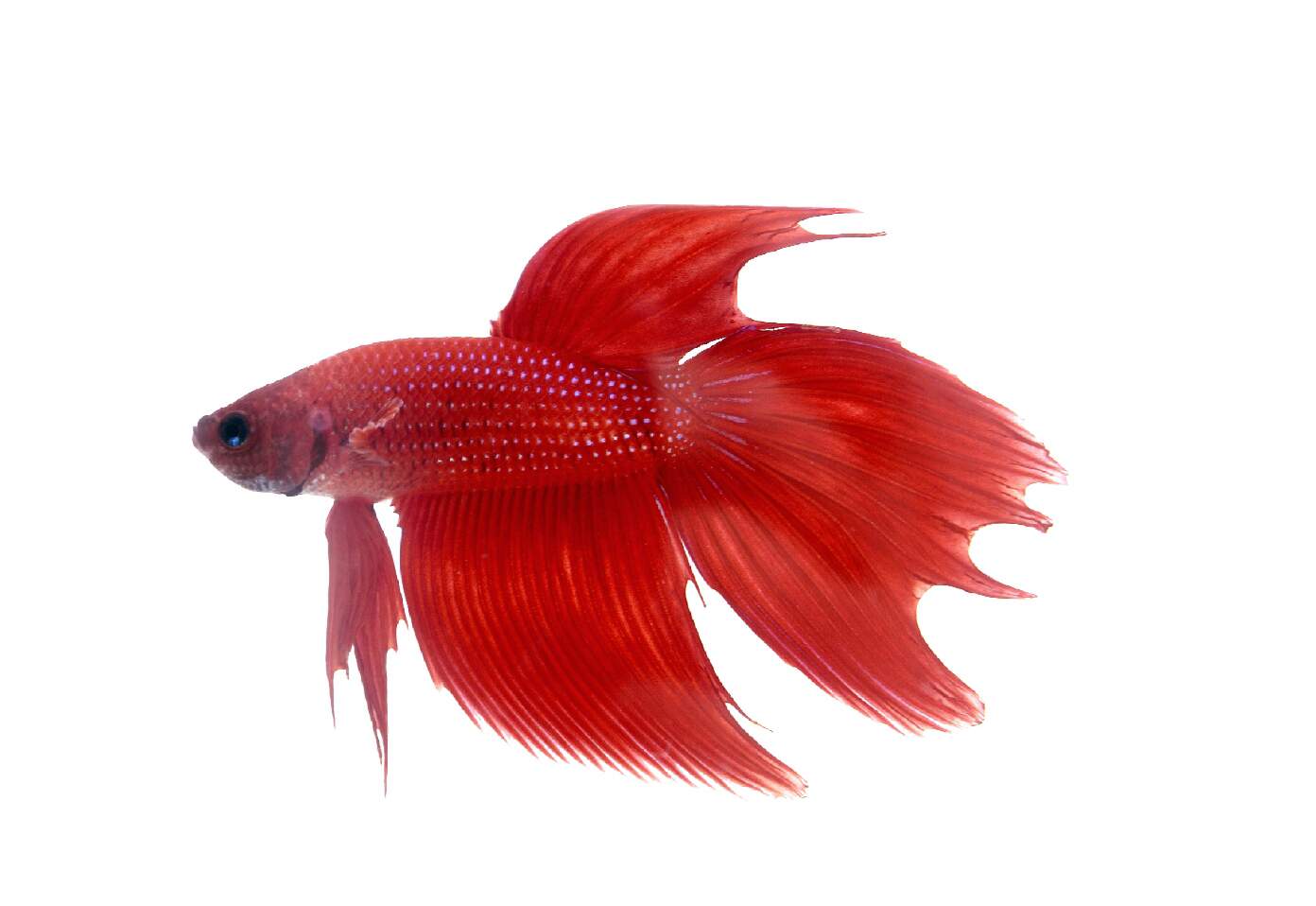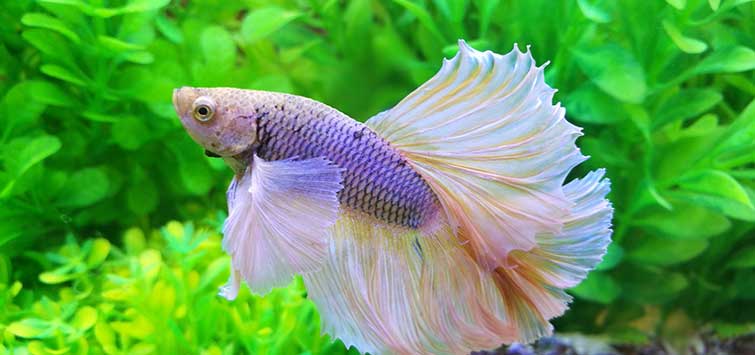How to Reproduce Betta Fish Effectively: Expert Techniques and Insights for Hobbyists Aiming To Broaden Their Betta Collection
Breeding Betta fish calls for a nuanced understanding of genetics and environmental problems, making it important for enthusiasts to come close to the procedure with both persistance and care. Producing an optimum reproduction environment, choosing the appropriate pairs, and observing the complexities of their courtship actions are fundamental actions that can substantially influence the outcome.
Comprehending Betta Fish Genetics
Recognizing the genetics of Betta fish is essential for successful breeding, as it influences characteristics such as shade, fin shape, and habits. Betta fish exhibit a diverse variety of colors and patterns, mainly determined by their genetic make-up.
In enhancement to coloration, fin morphology is an additional considerable aspect of Betta genes (betta fish). The form and dimension of fins are affected by different genetics, including those that establish whether the fins are brief, long, or veil-shaped. Understanding these hereditary variants aids breeders predict the phenotypic outcomes of their spawn
Additionally, behavioral traits such as aggression and territoriality can likewise be influenced by genes. These behaviors play a vital duty in the breeding procedure, as they can impact spawning success and the total character of the resulting fry. By comprehensively recognizing these genetic concepts, breeders can make informed choices, ultimately boosting their breeding programs and attaining desirable outcomes.
Preparing the Breeding Setting
Producing an optimal reproduction environment is crucial for the successful recreation of Betta fish. The very first step in preparing this setting is to select an ideal breeding container, ideally varying from 5 to 10 gallons. This size enables sufficient swimming area and the establishment of areas. The tank needs to be geared up with a heater to maintain a steady temperature level between 78 ° F and 80 ° F, which is critical for motivating generating behavior.
Following, consider the use of a sponge filter or an air rock to give gentle water circulation without producing solid currents that can emphasize the fish. It is important to mount plants or reproducing cones to offer hiding areas and advertise convenience for the female during the spawning process. Drifting plants, such as Java moss or water sprite, can additionally create a more native environment while facilitating bubble nest building by the male.
Before introducing the breeding pairs, make sure the water is conditioned and devoid of harmful chemicals, such as chlorine or heavy metals. betta fish. Regular water changes ought to be carried out to maintain optimal water high quality, boosting the opportunities of effective reproduction. With these prep work in area, the reproducing setting will certainly sustain the health and wellness and wellness of both Betta fish
Choosing Breeding Pairs
Selecting the right breeding sets is crucial for attaining effective Betta fish recreation. Healthy and balanced Betta fish display vibrant colors, clear eyes, and energetic habits.
Temperament is another vital factor to consider, as Betta fish are understood for their aggressive recommended you read nature. It is suggested to pick a man and female that show compatible characters to reduce stress and anxiety during the breeding procedure. A calm man can motivate a smoother courtship, while a woman that is as well hostile may interrupt the procedure.
Hereditary background also plays a substantial role in the high quality of the offspring. Breeding fish that are genetically varied can decrease the threat of hereditary health and wellness issues and improve the total vigor of the fry. It is valuable to research the family tree of both the man and female, concentrating on preferable traits such as fin type, shade patterns, and size.
The Breeding Refine
The reproduction procedure of Betta fish pop over to this site requires cautious preparation and focus to detail to make sure an effective end result. Initially, it is crucial to prepare an ideal breeding tank, ideally a 5-10 gallon fish tank with a temperature level kept at 78-80 ° F. The storage tank must be outfitted with a heating system, filter (preferably sponge type to avoid strong currents), and plenty of water plants for the woman to hide.
When the atmosphere is established, present the picked reproducing set to the container, permitting them to acclimate. Observe their behavior; the man will certainly present elaborate courtship routines, including flaring his fins and developing a bubble nest. If the woman shows rate of interest, she will display vertical red stripes showing preparedness for spawning.
When the lady is responsive, the pair will certainly involve in a mating embrace, throughout which the male fertilizes the eggs. Maintaining optimum water conditions during this duration is necessary for the advancement of healthy and balanced Betta fry.
Taking Care Of Betta Fry

Feeding Betta fry is crucial, as they need a diet plan high in healthy protein. They can be fed infusoria or liquid fry food, transitioning to finely smashed high-grade pellets as they grow. Feed small parts several times a day to urge healthy and balanced development without overwhelming the container with uneaten food.

As they mature, check their growth very closely and separate any kind of aggressive people to avoid harm. By giving a nurturing setting and appropriate nourishment, hobbyists can efficiently increase Betta fry right into dynamic, healthy and balanced fish, ultimately boosting their breeding ventures.
Verdict
Effective Betta fish reproduction calls for thorough attention to genetic selection, environmental conditions, and care for the fry. By comprehending the genes of Betta fish and preparing a proper reproduction setting, enthusiasts can boost the opportunities of generating vibrant, healthy offspring.